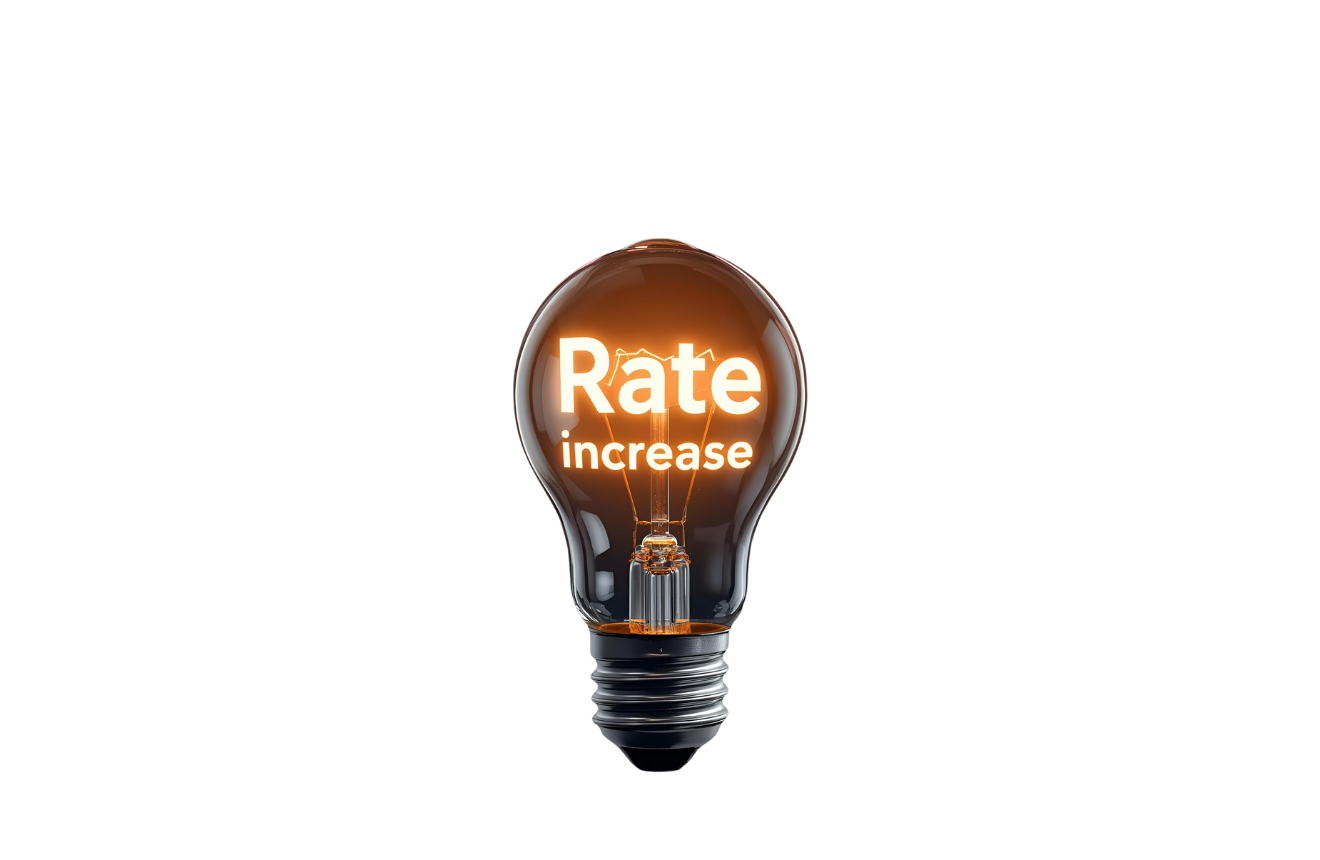Skip to main content
McLean Electric Cooperative (MEC)
Effective January 1, 2026
Why Are Rates Changing?
-
MEC has been reviewing the rate structure for several years and has concluded the necessity for a rate structure change. The purpose is to ensure our rates are fair and equitable throughout all our rate classes.
-
Once a cost-of-service study was completed, the new rate design was approved by the board of directors. In addition, due to inflation and a significant increase in wholesale power costs from Central Power Electric Cooperative (CPEC), MEC must adjust its rates.
-
These changes will be reflected on your February 2026 billing statement for usage in January.
What’s Changing?
-
Monthly Base Charge: A flat monthly fee that helps cover MEC’s fixed costs—such as system maintenance, outage response, and other services provided, regardless of how much electricity you use.
-
Kilowatt-Hour (kWh) Usage Rate: The cost of electricity a member consumed during a billing period, calculated by multiplying total usage in kilowatt-hours by the rate per kWh. This charge recovers the costs of purchasing and delivering electricity. For example, using a 1,000-watt (1 KW) appliance for one hour consumes one kWh, and this usage is billed to the member.
-
Non-Coincidental Demand Charge: A fee used to recover costs for the power supply infrastructure by billing a member based on their individual highest rate of electricity usage, regardless of when it occurs in the billing period based on the highest 30-minute usage interval during your billing period.
-
Coincidental Demand Charge: A fee charged by an electric cooperative to a member based on the member's highest electricity use (KW) during a specific time when the entire cooperative's grid is experiencing its highest demand.
Frequently Asked Questions
-
Q: Why is MEC raising rates now?
-
A: Inflation has driven up wholesale power costs. MEC is passing these costs directly from its provider.
-
Q: What is a “pass-through” cost?
-
A: It means MEC is not profiting from the increase—members pay exactly what MEC pays to CPEC.
-
Q: How will this affect my bill?
-
A: It depends on your account type and electricity usage. A letter explaining the increase and rate structure was sent to all members in November. You can contact MEC for an analysis of your account.
-
Q: What’s the difference between coincidental and non-coincidental usage?
-
A: Non-Coincidental: Your highest usage in any 30-minute window during the billing cycle. Coincidental: Your usage during MEC’s system-wide peak demand during the billing cycle.
-
Q: Can I reduce my bill? A: Yes. Your total bill can be reduced by reducing usage during peak times, depending on the rate class.
-
Q: Is this increase due to new infrastructure or growth?
-
A: No. The increase is primarily due to inflation—not new facilities or demand spikes

